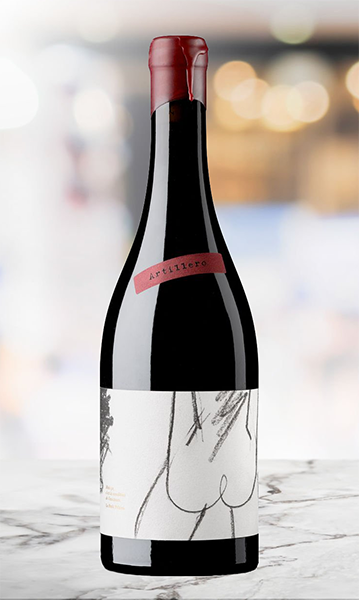
The Truth About Riesling: Unearthing the Secrets of An Ancient Grape
Many people tend to think that all riesling is sweet or uninteresting—and that couldn’t be further from the truth.
There’s a reason that many sommeliers claim riesling as their favorite white grape. The range of styles, flavors, and expressions is so vast, it’s an entire subject unto itself. Unfortunately, the fact that there is so much of it in the world doesn’t help matters. You’ll find a lot of pretty average or even plonk-ish riesling out there, but if you know what to look for and how to read the label, we’d wager you’re in for a surprising treat!
Riesling Basics
Riesling, pronounced Rees-Ling (not Rise-Ling), is an aromatic white grape associated with cool-climate wine growing regions, like Germany, the Alsace region of France, the Finger Lakes region in the Northeastern United States, and Ontario, Canada. It’s not the earliest ripener, but it tends to be very hardy in all kinds of weather—hence its success in making icewine (Eiswein in Germany), an exceptionally sweet wine made from grapes left to freeze on the vines.
Like most aromatic grapes, it does best in cool climates, but as long as it’s picked at the right time, it also performs remarkably well in hotter regions. You’ll find superb rieslings coming out of Australia, for example, and even California. However, climate and heat have a significant effect on the flavor and acid profile of the resulting wine.
Riesling Flavors
Cooler climate versions tend towards a more lemon-lime citrus flavor, but the riper the berries become, those flavors evolve into tropical and stone fruits, like pineapple and apricot.
A typical “banker” for riesling (meaning an absolute bullseye to indicate what the wine is, based on aromas alone) is lemon candy or Meyer lemon. It matters little where the riesling is grown and made; that lemon candy note is always there, even when the wine is completely dry.
As the wine ages (and well-made riesling is very age-worthy!), it develops a petrol-like aroma. Sweeter examples will begin to show honeyed notes
Choosing a Riesling to Suit Your Palate
If you avoid riesling because you think it’s going to be too sweet, one way to tell is by looking at the alcohol content. The lower the alcohol, the sweeter the wine, in general. For example, an icewine usually clocks in at around 8% ABV. Dry rieslings will generally have anywhere from 11.5% ABV and up, with some reaching 13% or more in the Alsace. But even if your riesling is a bit sweeter than you typically enjoy, it’ll be a revelation when you pair it with the right foods.
Pairing Riesling With Food
Riesling has naturally high acidity, making it an excellent wine to pair with all kinds of foods. It’s a wine you could take to a dinner party and be confident that it would match with just about any dish.
Try off-dry (semi-sweet) riesling with spicy dishes, Indian or Asian cuisine, or any fried or high-fat appetizer, as the acidity balances the fat content perfectly!
Dry riesling is perfect alongside a steamed artichoke, grilled asparagus, crab Louis, seafood or niçoise salad, or grilled lemon chicken – but if you feel like experimenting, you simply can’t go wrong!
Discover new wines at your door every month! Sign up for a wine club subscription today.






